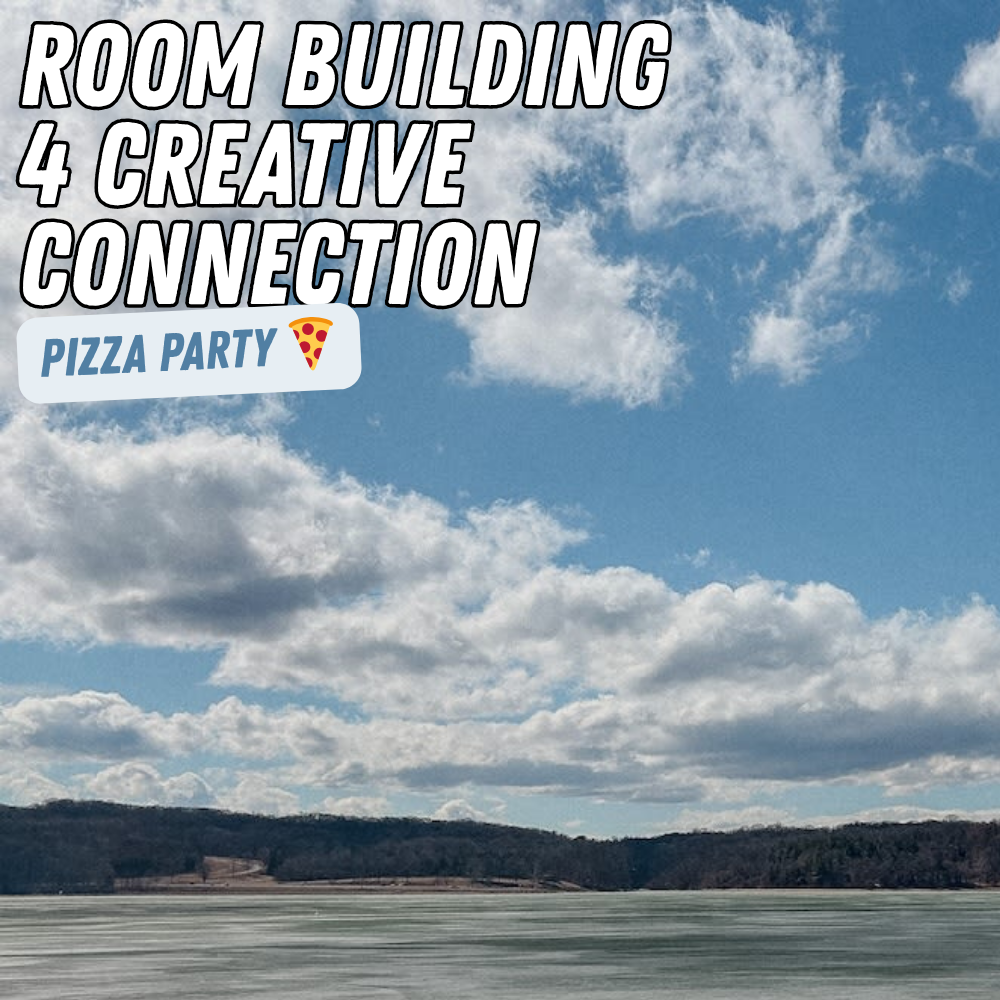Category: WebsitesCategory: Websites
I wrote that we spent years putting our best “content” onto social media platforms, and wonder why no one visits our websites anymore, to which Matt replied:
I keep finding my way back to your site because this premise is so enticing. What do you think are the best “top of funnel” strategies for growth if someone really wants to embrace the your name dot com lifestyle? I’m doing music, so I could imagine focusing more on live shows and pen/paper email list sign ups. But then I wouldn’t have met you!
To think of all the people I haven’t met because I’m not on TikTok, right? Or I didn’t go to that local event last Tuesday! What if instead of hoping for favor with the algorithms we embrace the serendipity?
Q. SETH, WHAT DO I EVEN PUT ON MY WEBSITE?
A. Think of the 1,000 posts you’ve put on social media over the last decade. That. That’s what you’ll put on your site.
Those links you send to friends via text? Yeah, put them on your site and write about ‘em. Same with YouTube videos and albums you find on Bandcamp and Spotify.
All those “image assets” you posted on Instagram that 95% of your fans didn’t even see? Put those on your website.
The interviews, and bits of press you’ve gotten? Put them on your website.
Your videos can still reside on YouTube. But they can also sit on your website, surrounded by behind-the-scenes photos and stories about the shoot (and buttons to buy your things).
Stop shoveling all our best work onto platforms you don’t own and then wonder why no one visits your website.
I get asked this a lot via my Email Guidance offering, with a few variations:
I do multiple things, how do I bring them all together on my website?
This always reminds me of Seth Godin’s blog.
Everyday there’s a new post. On occaion Seth is working on something new – a new book, and event, something else.
And he writes about it, and links to it.
Yes, there’s a sidebar. But the main event is that big block of text that starts at the top with a headline.
That says “we’re starting here today. Come along for the ride.”
It’s not for everybody, and that’s the point. Your blog is the cool band shirt you wear on the first day of school, or the book you read on the subway, or the shade of green you dye your hair.
You’re not for everyone, but the people that can pick up on those cues? Those are your people.
“You need to trust your members enough to know they can decide what’s best for themselves. You’re not a mommy or a daddy—you’re an adult community leader.”
Wise words from my talk with Kristen Tweedale on how she runs community, but it applies to how you put your work out there, too.
Get people to your site, give them a starting point, and get out of the way.
We spent years putting our best “content” onto social media platforms, and wonder why no one visits our websites anymore.
- Copy and paste your posts to your own blog.
- Make a photo gallery on your site.
- Put the videos you post on your sales pages
- Embed the music players on your own site (right next to the stuff you have FOR SALE)
Becoming “top of mind” isn’t just for Coca Cola and Best Buy, it’s for everyone in the field you work in, or the art you make, or the magic you bring.
When I think Apple, I head to Daring Fireball.
And I hope when people think about “leaving social media,” they’ll know where to look.
In today’s Mini Escape Pod Zoom call, a member was talking about leading virtual co-working sessions. They had a sales page set up with their Square Space site, and (to avoid having to upgrade their Square Space plan) they linked out to Gumroad for payments.
They had an email list of 700 people, which is a great place to start! I suggested they also reach out to some people personally, too, since not everyone reads every newsletter, and it’s good to just directly invite people to things you’re starting (I did this initially with my Escape Pod Zoom calls back in 2023).
They brought up maybe paying for some classified ads. Spots that are relatively cheap via assorted email newsletters, and usually a good “customer fit” for this sort of thing.
The only thing I cautioned was to figure out their own invite / newsletter flow first.
Figure out how to get a few people to go through their paid process first. Get a few customers into the flow first, and make sure things are moving smoothly before injecting any paid traffic into the system.
The last thing you want to do is spend money on a “leaky” sales process.
UPDATE 8/14/2025: Just wanna stress that there’s a lot of talk about funnels, and paid ads, and “driving traffic” on the internet, especially wrapped about making sales. That’s sort of what I’m talking about, but at a much slower level. We don’t need to “drive” 1,000 people to our sales pages right away. Heck, if we get 10 people to click over, that’s great. And that’s what I’m talking about here. Get 10 people to your sales page. Maybe two sign up. Hey, that’s a 20% conversion rate, and in internet terms, that’s good. Sure, you’ll learn more from 100 people to visit, but start with 10. Be content with learning on a monthly schedule, not an hourly one.

I help creative people quit social media, promote their work in sustainable ways, and rethink how a website and newsletter can work together. Find out more here. 🏳️🌈🏳️⚧️
Join us — Get a 30 day trial for $10 and join our next Zoom call meeting!
Looking for personalized help? Check out my Email Guidance offering.
Need help now? Book a 1:1 call here.
Email me: seth@socialmediaescape.club
Subscribe via RSS

